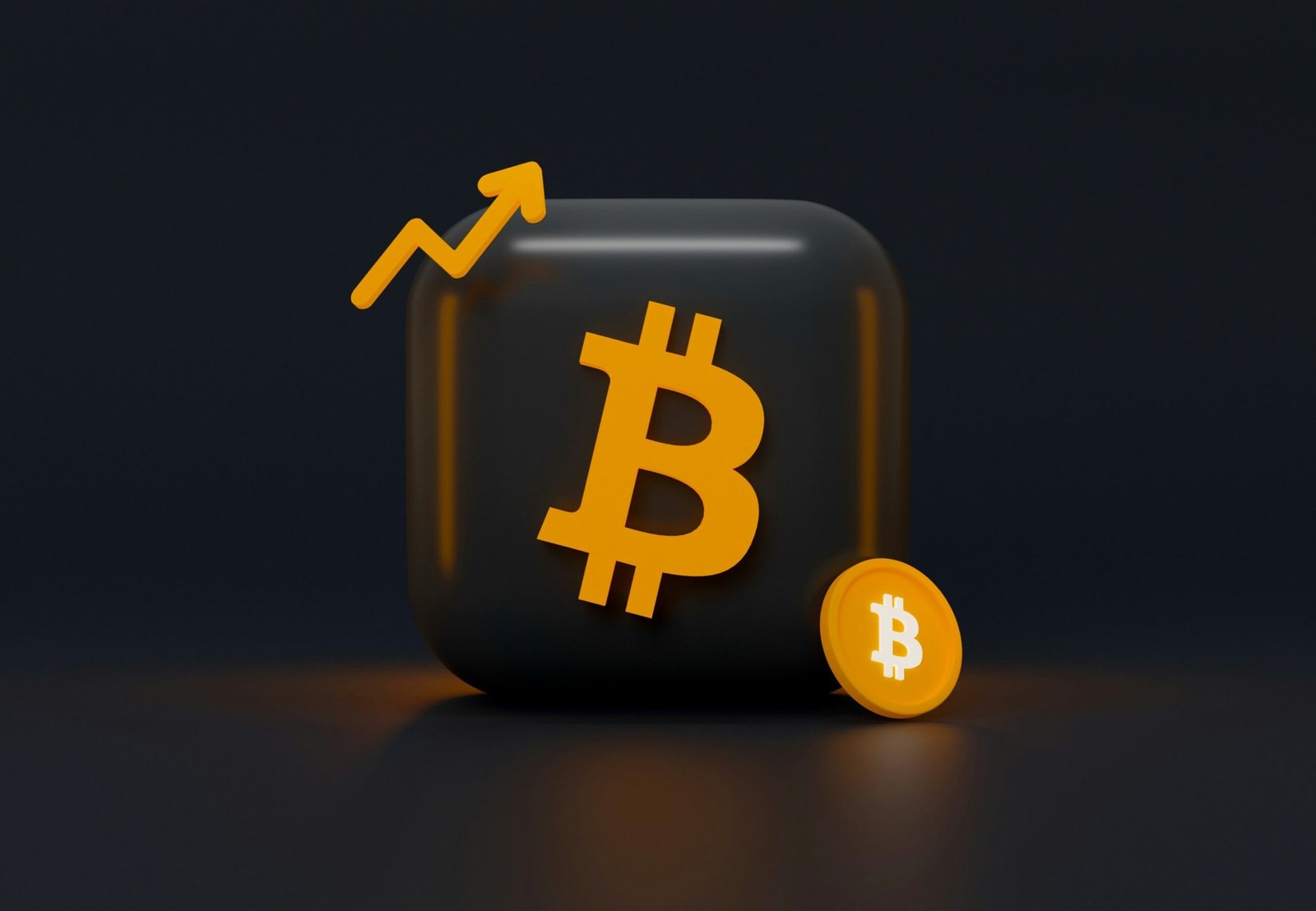Pi Network has recently undergone significant fluctuations, leading to widespread discussions regarding the Pi Network price drop and its broader implications. Many investors and enthusiasts are questioning the Pi cryptocurrency value, wondering whether the project has long-term sustainability. The uncertainty surrounding the project’s future has fueled speculation, with persistent Pi Network scam concerns surfacing across various online communities. A lack of transparency regarding development timelines and prolonged KYC verification processes has added to these worries, leading some to question the legitimacy of the initiative.
One of the primary challenges currently faced by the Pi Network is the Pi coin listing restrictions, which have prevented the cryptocurrency from achieving widespread adoption on major exchanges. Without an official listing, liquidity remains low, making it difficult for users to trade Pi with confidence. The absence of clear communication regarding when and how the coin will be listed has frustrated the community, prompting some to sell their holdings prematurely. This trend has resulted in significant Pi holders selling pressure, further impacting the perceived market value of the coin.
Despite these challenges, there remain opportunities for Pi Network to establish itself as a legitimate and valuable cryptocurrency. The strength of its community remains one of its most valuable assets, with millions of users still actively supporting the project. To navigate current uncertainties, the development team must enhance transparency by providing concrete updates on the project’s roadmap. Clear and timely communication would play a crucial role in rebuilding trust and reinforcing confidence in the ecosystem. Additionally, fostering real-world utility for Pi through strategic partnerships and merchant adoption would help create demand and solidify its place in the digital economy.
For those who have already accumulated Pi, it is essential to approach the situation with patience and a long-term perspective. Panic selling due to short-term fluctuations may not be the most beneficial strategy, as the project’s true potential can only be realized once it gains broader adoption. Instead of focusing solely on price movements, the community should advocate for expanding Pi’s usability, thereby increasing its intrinsic value. The long-term success of Pi Network depends on a combination of technological advancements, regulatory clarity, and sustained community engagement. By remaining vigilant and proactive, the Pi community can play a pivotal role in shaping the future of this digital asset and ensuring its stability in the ever-evolving cryptocurrency landscape.
The fundamental question remains whether Pi Network can successfully transition from a speculative project into a widely accepted digital currency. The price drop has led to skepticism, but it is important to recognize that all emerging cryptocurrencies face volatility in their early stages. The development team must take a proactive approach in addressing concerns, ensuring that the project is built on solid technical foundations and a clear economic model. Providing updates on key milestones, including the progress of the open mainnet, will be crucial in demonstrating the legitimacy of the project. Investors should be aware that Pi’s value will be shaped not only by market speculation but also by its adoption in real-world applications.
Concerns over scams have also contributed to hesitancy among potential adopters. The unique approach of Pi Network, which allows users to mine on mobile devices without consuming significant resources, has drawn skepticism from traditional cryptocurrency enthusiasts. While the project does not require financial investments, concerns over data privacy and the monetization of user activity have persisted. Addressing these concerns through transparency in development and third-party audits will be critical in reinforcing trust.
Restrictions on listing Pi on major cryptocurrency exchanges remain a significant hurdle. Without a clear listing plan, the ability of users to convert Pi into other digital assets or fiat currencies remains uncertain. This lack of liquidity hinders widespread adoption, as many individuals hesitate to engage with an asset that does not provide an easy exit strategy. The community has been eager to see progress on this front, but the development team has yet to announce concrete steps toward achieving exchange listings. Until these issues are addressed, skepticism will continue to grow, and the price of Pi may remain volatile due to uncertainty and speculation.
The growing pressure from Pi holders seeking to sell their holdings has exacerbated the price decline. Many early adopters who accumulated Pi over the years are now looking for ways to cash out, leading to downward pressure on its perceived market value. This dynamic is not unique to Pi, as many cryptocurrency projects have faced similar situations when transitioning from an experimental phase to mainstream adoption. The key challenge for Pi Network will be to create mechanisms that encourage holding and usage rather than mass liquidation. Implementing staking rewards, merchant adoption programs, and additional incentives could help mitigate excessive selling pressure and stabilize its value over time.
For the Pi Network community, patience and strategic decision-making are crucial during this period of uncertainty. While concerns over price drops and liquidity are valid, it is important to recognize that the success of any cryptocurrency is not determined solely by short-term fluctuations but by long-term adoption and usability. Encouraging businesses to accept Pi as a form of payment, participating in ecosystem development, and advocating for responsible investment practices will all contribute to the project’s growth. The most successful cryptocurrencies have thrived due to their real-world applications, and Pi must follow the same path to secure its position in the digital economy.
The role of regulation cannot be ignored in Pi Network’s journey toward mainstream acceptance. Governments and financial institutions worldwide are becoming increasingly involved in cryptocurrency oversight, and projects like Pi must ensure compliance with legal frameworks to avoid potential roadblocks. Regulatory clarity will not only protect users but also pave the way for broader institutional support. The development team must prioritize discussions with regulatory bodies and ensure that Pi’s model aligns with emerging global standards. Failure to do so could result in further delays and additional skepticism from both users and potential partners.
As the cryptocurrency landscape evolves, the success of Pi Network will ultimately depend on the collective efforts of its developers, community, and strategic partners. While the challenges are evident, the project’s potential remains significant if the right steps are taken to address current issues. Market fluctuations should not define the long-term value of Pi, but rather, the ability of the network to provide tangible benefits to its users. If Pi Network can effectively implement its vision, it may overcome its current hurdles and emerge as a meaningful player in the cryptocurrency market.
Looking ahead, Pi holders should focus on staying informed and engaged rather than making impulsive decisions based on short-term price movements. The potential for Pi to grow remains, but it will require collaboration, patience, and a commitment to building a sustainable ecosystem. While skepticism persists, those who believe in the project’s long-term viability should concentrate on constructive involvement rather than speculation. With proper execution and strategic decision-making, Pi Network still has the opportunity to carve out its place in the digital economy and offer real value to its users in the years to come.





